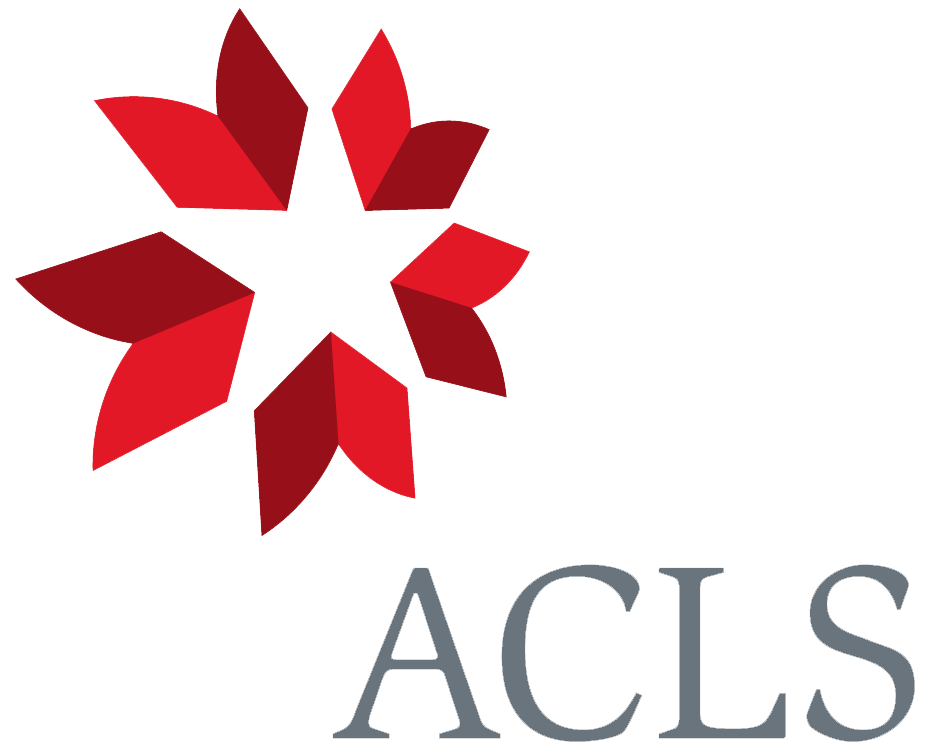From Richard Spruce to J. D. Hooker 29 July 1864
52. Queen’s Road | Bayswater.
July 29. 1864.
My Dear Sir/
I have only the 2nd Edn. of Bates,1 in which I find no mention of the Matador, but I recollect reading a description of it in the Examiner, quoted from the 1st Edn,2 and it struck me that it might have been compounded from the mode of growth of some sort of fig and of Marcgraavia umbellata. Some figs have a descending axe in the form of a plate, & when it reaches the ground and takes root there it might be supposed to have grown upwards. The account I give of the Marcgraavia in my notes of travel is as follows:
“In the virgin forest one not unfrequently sees a plant curiously flattened to the trunk of a tree, and at a distance looking more as if it were painted than as if it grew thereon. It has leaves, 1 to 3 inches long, symmetrically & closely set on to the stem in two rows, oval with a rounded apex and a heart-shaped base, of a thickish substance, & of a deep velvety green color beautifully netted with the white veins. It is the young growth of Marcgraavia umbellata, and is so completely unlike the mature state that it was only by actually tracing the union of the two forms that I could satisfy myself of their identity. The stem puts forth claspers (roots) here and there, which adhere to the tree or even closely embrace it, if slender; but when it has climbed up into the light it sends out stout rounded free branches, clad with long sharp-pointed leaves of a uniform green, and the painted stem-leaves fall away. The common ivy is a familiar example of a similar mode of growth coupled with heteromorphous leaves. &c.”3
Palo matador is a mongrel term, which I have myself nowhere heard used. All thro’ Spanish America epiphytal figs & Clusiads are called Mata-palos—Kill-trees, or Tree-killers. You will have remarked that exogenous trees, fastened on by one of these parasites, generally die in his embrace; whereas palms resist their attacks, and survive the natural term of their existence:—a difference easily explained by the palm-stems being hardest at the circumference, & not increasing in thickness as ordinary trees require to do.
I hope to have the pleasure of visiting Sir W. Hooker4 at Kew next Tuesday. I would fain establish myself in that neighbourhood, for the sake of working up the remainder of my collections, but I have made the experiments & find I am still unable to do anything standing or sitting at a table.5
Have you ever had occasion to study the S. American Gossypiums? I cannot make out how G. peruvianum came to get that name, as I have nowhere seen it grown by the Indians (of Peru, or any other country of S. America), who have only varieties of G. barbadense.
Very faithfully yours | Richd Spruce.
Thanks for Mr. Wilson’s letter.6
Footnotes
Bibliography
Bates, Henry Walter. 1863. The naturalist on the River Amazons. A record of adventures, habits of animals, sketches of Brazilian and Indian life, and aspects of nature under the equator, during eleven years of travel. 2 vols. London: John Murray.
‘Climbing plants’: On the movements and habits of climbing plants. By Charles Darwin. [Read 2 February 1865.] Journal of the Linnean Society (Botany) 9 (1867): 1–118.
Correspondence: The correspondence of Charles Darwin. Edited by Frederick Burkhardt et al. 29 vols to date. Cambridge: Cambridge University Press. 1985–.
DNB: Dictionary of national biography. Edited by Leslie Stephen and Sidney Lee. 63 vols. and 2 supplements (6 vols.). London: Smith, Elder & Co. 1885–1912. Dictionary of national biography 1912–90. Edited by H. W. C. Davis et al. 9 vols. London: Oxford University Press. 1927–96.
Marginalia: Charles Darwin’s marginalia. Edited by Mario A. Di Gregorio with the assistance of Nicholas W. Gill. Vol. 1. New York and London: Garland Publishing. 1990.
Spruce, Richard. 1908. Notes of a botanist on the Amazon & Andes, being records of travel … during the years 1849–1864. Edited by Alfred Russel Wallace. 2 vols. London: Macmillan and Co.
Summary
Gives an extract from his notes on Marcgravia umbellata, an epiphyte that might be the plant that Bates refers to as matador.
Letter details
- Letter no.
- DCP-LETT-4577
- From
- Richard Spruce
- To
- Joseph Dalton Hooker
- Sent from
- London, Queen’s Rd, 52
- Source of text
- DAR 157.2: 111
- Physical description
- ALS 3pp
Please cite as
Darwin Correspondence Project, “Letter no. 4577,” accessed on 23 April 2024, https://www.darwinproject.ac.uk/letter/?docId=letters/DCP-LETT-4577.xml
Also published in The Correspondence of Charles Darwin, vol. 12


